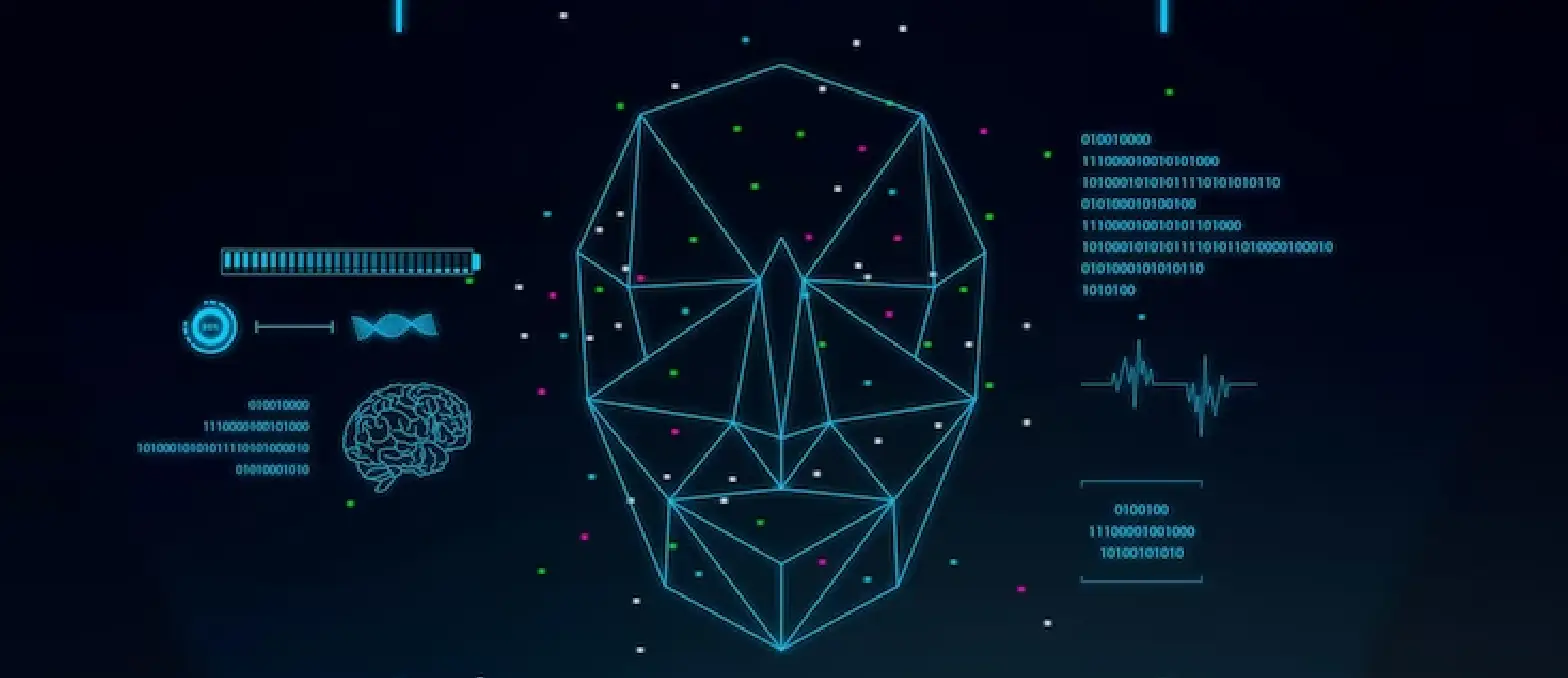Table of Contents
In 2025, apps are crucial to how we use technology. These numbers have been increasing year on year over the past decade and at present traffic from mobile devices makes up almost 60 percent of all the world’s internet users, according to Statista.
The role of mobile app developments in our everyday lives in 2025
We’re not just using our mobile phones to surf the web though. Now, much of our time online centres around apps and the market, for both iOS and Android developments, is worth billions. A report from Market Research Future forecast that by the end of 2030 the global mobile app development market will reach a value of over $365 billion USD due to the “rising penetration of smartphones”.
Our app usage is varied and constantly evolving based on our ongoing and temporal needs, our interests and what’s recommended to us, and the complex rationale for why we keep some apps and uninstall others. App use isn’t purely about utility and it isn’t purely about leisure or entertainment either. As apps have become a fundamental channel of how we use the internet, what we expect from apps, how we use them to connect with one another, and how we use them as a personal tool has been in an ongoing state of flux. This can be tied to how our mobile device technology has improved, technology becoming cheaper, and app development becoming more affordable, too.
Over time, the way the app market operates has remained equal parts mysterious and saturated; mysterious because there are so many apps for so many different purposes and saturated as it can seem like a marketplace that grows endlessly more crowded. One fitting description for apps is that the most successful products are also often the most unexpected. This unexpectedness can tie into how they are innovative, creative, groundbreaking, or just a really wonderful idea that’s perfectly executed.
In this blog, we’re going to explore the global market of apps and the developments that stand out for a range of unexpected reasons. Read on for our analysis and the 16 apps that made our list of standouts.
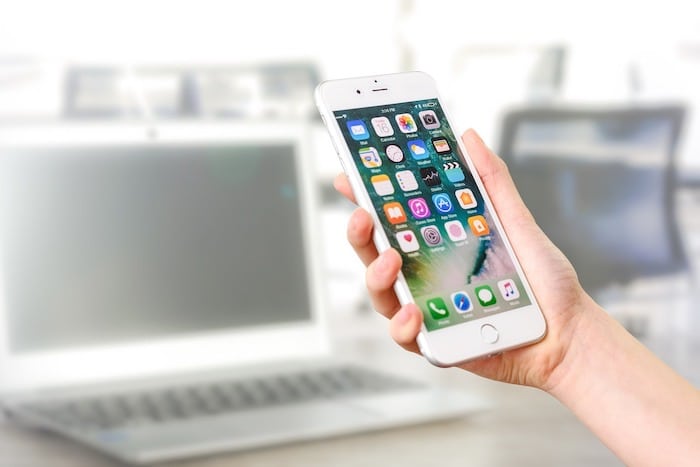
Global trends in mobile app development
The global app market is varied for many reasons. While strong trends emerge irrespective of region, such as the digitization of the world, there are nuanced political, economic, and social factors that affect use. A leading distinction that affects trends is how App Store usage numbers and Google Play usage numbers can be based on:
- China not allowing the Google Play store to operate in the region; instead the Huawei AppGallery store is the top Android app store in China.
- The U.S. leads global downloads for the App Store, however, there are many other regions around the world, such as South America, where Android downloads are higher than iOS downloads due to Android handsets being more affordable in this market.
Development at large is driven by target markets, technology, and broader issues of concern. Global trends can emerge in some regions and not others, depending on if an app is available there or if the business behind the app identifies that region as its target market. When apps reach mass-level adoption and distribution, this is often when we see phenomena around what consumer trends are happening across multiple countries, what personal needs or concerns people have that an app helps with, or what people are interested in — such as the rapid upswing in TikTok users during the first Covid-19 wave.
Mobile app development happens all over the world and many apps might only ever be used on a hyper-localized or national level. Moreover, app development might be undertaken in one region for a product that will actually be deployed in an entirely different region of the world. A takeaway of global trends is that they are always shifting and changing, with the overall world market a valuable snapshot of the scale of impact in a way that regional markets are not. One research paper pinpoints this in terms of economics. Stocchi et al say, “Over the last decade, the popularity of apps continued to increase (currently, there are more than 2.87 million apps available) and, although apps’ growth has gradually slowed down, they remain at the heart of digital marketing strategies, impacting economies worldwide.”
For our analysis, we consider that global trends in the global app market show us what people are doing in their leisure time whereas regional trends show us more comprehensive data about user habits of people in their professional and personal administrative time. Interestingly, the most popular mobile apps world-wide in 2022, taken from a Statista report, were social media and communications platforms — the top three being TikTok, Instagram, and WhatsApp. These apps reflect the blurring between leisure, professional, and personal use, though in fourth place there was the app CapCut which shares a parent company with TikTok and is used for video editing. Our takeaway from here is that the global market is still oriented towards leisure (and entertainment) apps though people use these apps as tools across many different regions and this is continually evolving among age groups as well as markets.
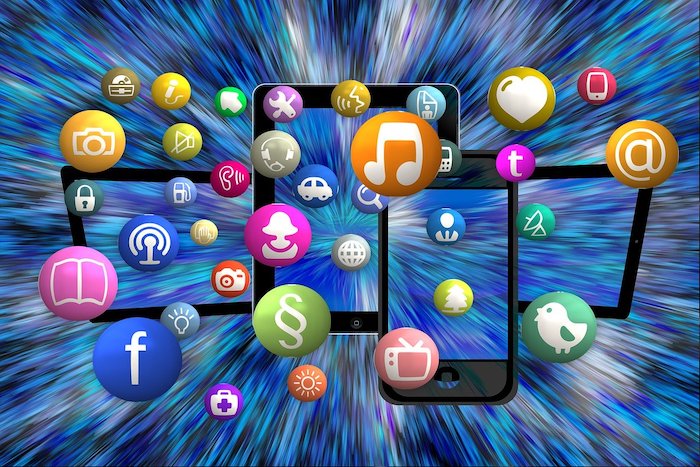
The process of developing an app that’s unexpected and era-defining
Though we often discuss the technicalities of the development process, the conceptualizing of an app that has a mold-breaking impact is hard to quantify. Projects are undertaken to solve problems or bring a novel idea to market; in the perfect scenario, both are achieved with winning results. The work of developers is to collaboratively ensure that a product is built properly with detail-oriented ideation and iterative development, thorough testing, then well-planned deployment, and ongoing, attentive maintenance.
The aspects of app development that can sustain the execution and manifestation of an unforgettable, addictive, or triumphant product are often centered around:
- A one-in-a-million or obvious yet brilliant idea, such as Shazam
- A gap in the market, such as Instagram
- A technological advancement, such as Pokemon GO
- Diversification of an already successful concept, such as TikTok
- A tool in response to cultural and economic trends, such as Uber
- A response to global events, such as Zoom
Though all of these examples listed above are now household names, there’s no guarantee that the concept was a sure thing during development. After all, even an app that once had great promise, like another early ridesharing app called Sidecar, might not be the leader of the pack. There is no way for people including mobile app developers and marketers, to know an app will immediately top charts and enter our lives on a go-to level like Spotify, Netflix, or YouTube.
What is a takeaway though is that even the best ideas are let down if the app development, engineering, user experience (UX), design, and userflow are not up to the standard they expect. Global uninstall rates for apps are high with one AppsFlyer study finding that almost half of all apps downloaded wind up uninstalled within 30 days. All in all, investing in quality development and the development cycle is essential.
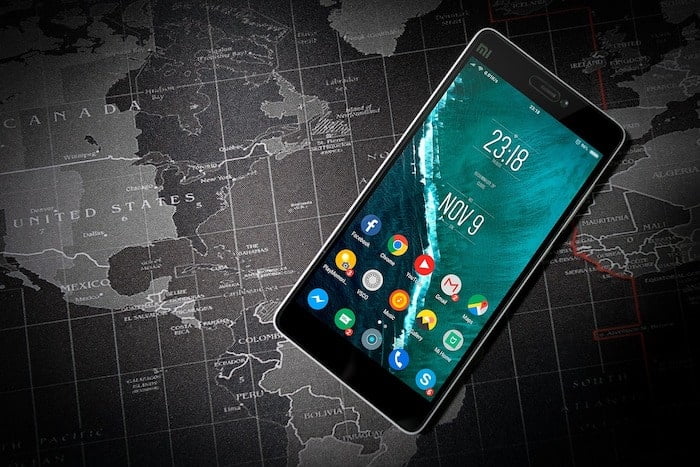
16 of the most unexpectedly popular apps in history
Now, let’s review 16 of the most unexpectedly popular apps in history. There is no exact science to what makes an app unforgettable — it’s a mix of the target user needs, the product quality, and the way it taps into broader gaps in the market.
The defining characteristics of apps that have an unexpected value or an unexpected story make up the eight categories for our round-up:
- Disruptive
- Runaway success
- Culturally defining
- Historic impact
- Globally adopted
- Interpersonal connecter
- Technology
- Essential tools
Below is the full explainer of 16 apps that fall under these categories for unexpected offerings that changed our world.
1. Uber
Category: Disruptive
What made it so unexpected? One of the very first rideshare apps, this was part of the decentralizing boom of the post-GFC era. This app completely changed the way people move around their cities and towns, plan their days, and bring more democracy to the taxi experience. Technology streamlined the process and the ability to make digital payments was revolutionary, too. Many clone apps popped up as a result, all over the world.
How is the app used now? The app is still going strong and in a phase of moving towards an entirely green service model. The user interface (UI) still occasionally has issues but the app paved the way for disruption to an entire global industry.
2. Airbnb
Category: Disruptive
What made it so unexpected? Much like Uber, Airbnb was founded in the mid-aughts and changed the way people travel. Hosts opened their homes and the app connected them with guests. The personalized element became professionalized very quickly as an entire sub-accommodation industry emerged with people buying properties to rent out specifically as short-term stays on Airbnb. The app meant people no longer relied on the hotel industry for stays and the rating system on both the host and guest side created accountability.
How is the app used now? Airbnb was hard hit during the Covid-19 pandemic though it has recovered throughout 2022. The app is still widely used and is largely profitable though there are extensive criticisms that the model is negatively impacting residents of neighbourhoods and cities that are major stopping points for tourists. The platform itself retains a user-friendly, reliable UX that makes booking, correspondence, and planning easy.
3. Instagram
Category: Runaway success
What made it so unexpected? Just a couple of years after the first iPhone was released, this photo-centric social media app was launched just for iOS initially. Instagram removed status updates and pithy commentary from the social media mix and made it all about the visuals. As our phone camera technology was ramping up, millions of people turned to the app as a place to share and be inspired with grainy filters, then polished, editorial content. Instagram launched an entire global marketing aesthetic, bled into other industries as they vied to be ‘insta-worthy’, and became an employment avenue for influencers and creators though not always photographers.
How is the app used now? Acquired by Facebook (now Meta) in 2012, Instagram is regularly updated and looks very different from its 2010 self. Video content is now the central feature of the platform and monetization has become, allegedly, more difficult for people looking to build revenue from their content. The app remains in the global top three; recent criticisms include that Meta is making ‘the ‘gram’ its primary vehicle for competing with TikTok.

4. Shazam
Category: Runaway success
What made it so unexpected? One of the earliest origin stories, Shazam Entertainment was founded in 1999, and even in its younger, pre-app years, it was dedicated to identifying songs. Flash-forward to now, Shazam was acquired by Apple in 2018 and users still identify songs playing around them by taking a sample with their app. As a discovery tool for music, Shazam appeals to almost everyone and it can be used in web forms, too.
How is the app used now? Newer features enable users to integrate Shazam with Spotify and other streaming and media services to save and play music. As an app that’s adjacent to music apps, Shazam is a compelling example of a long-term development that is still going strong. The prompt to ‘Shazam it’ is widely used in social settings making it an interesting example of what people look for in an app that might not immediately come to mind as a development or business idea.
5. Snapchat
Category: Culturally defining
What made it so unexpected? Snapchat was released in the heyday of the internet, the early 2010s. Blurring the lines between a social network, a communication tool, and a media app, Snapchat was a harbinger in many ways of the shorter, sharper format of Instagram and TikTok. Disappearing messages and filters focus on “snapping” and then sharing as a way to make multimedia more real and temporal rather than polished and preserved forever. Snapchat’s influence is seen in the introduction of Insta Stories to Instagram in 2015.
How is the app used now? Snapchat is still popular with younger users who use the app to direct message disappearing media. The company’s expansion into augmented reality is available to users in the app and they also have hardware offerings now, too. The app still works as a social network with extensive functionalities that extend far beyond their early-year versions.
6. TikTok
Category: Culturally defining
What made it so unexpected? The app of 2020, TikTok is a mood, a movement, and right now, it is the media. Famed for its robust, rapid algorithm that delivers personalized ‘For You’ content in a scrollable feed, the fine-tuned recommendations are often described as scarily accurate. TikTok is a video platform though it’s less about highly-conceptualized content; creators instead produce videos that are trend-based, jesting, educational, or niche to their interests and community. One of the main comments about TikTok is how engaged viewers are and the scale of engagement: people report the vitality of videos that go well into the millions and the app is being used for marketing more often than not.
How is the app used now? TikTok hasn’t evolved that much in the last few years. What is currently true is the sheer number of users and people who describe the 15-second to 60-second format as addictive. Some commentators say the app is used for ‘infotainment’ that lacks context and verification which may lead to misinformation.
7. Robinhood
Category: Historic Impact
What made it so unexpected? Microinvesting took off massively in the last few years especially so during Covid-19. The rise in user-directed financing with the Robinhood commission-free stock trading and investing app led to many people dabbling in or widely investing on the platform as part of their accounting strategy. The description that the app is ‘easy to use’ is perceived to give people a more level playing field that simplifies the somewhat daunting experience of starting to invest.
How is the app used now? The brokerage app is still popular and due to how inexpensive it is, people are inclined to keep using it for their own gains. The disruptive power of the app means everyday people can have self-determination and control around their finances in a way that was never possible before. This, plus the communities on platforms like Reddit that have financial discourse, continues to be a revolutionizing force in the finance market.
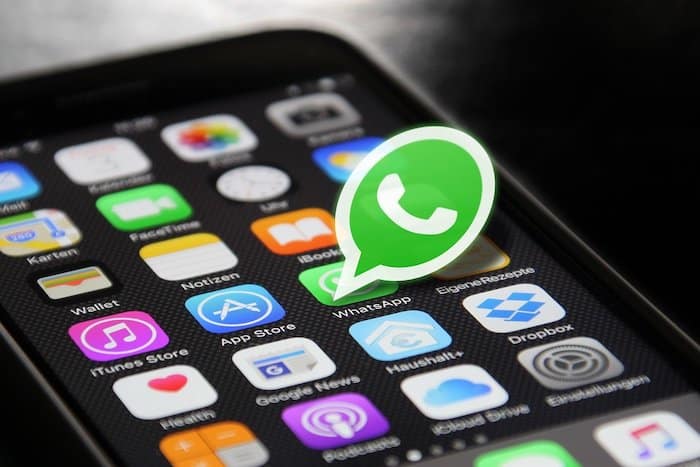
8. Zoom
Category: Historic Impact
What made it so unexpected? Other than TikTok, Zoom was another market leader in 2020. In a nutshell, Stocchi et al identify that, “The global health and financial crisis caused by the COVID-19 pandemic further illustrates the pivotal role apps play in facilitating business survival and reigniting customer experiences—see the instance of the Zoom app, which generated $2.6 billion revenue in 2020.” During the pandemic, everyone needed to work, attend school, and connect remotely and in a hurry. While other video conferencing platforms abound, this one stood out as a go-to for millions of people.
How is the app used now? Growth may have slowed yet the app continues to be used by people who are remote and hybrid workers. As a connecting tool, the technical features are still beneficial though the future of the app is hard to predict as the company has laid off workers this year.
9. Duolingo
Category: Globally adopted
What made it so unexpected? Enabling people to learn languages regardless of where they are makes Duolingo an appealing app for hobbyists or people who need a tool. The app stands out with its gamification and competitive features that encourage the user to maintain their study, compete with others, and strengthen their language skills via the education-oriented UX. It is the world’s most downloaded education app and has people learning from all over the world; in some cases, people learning languages via Duolingo outnumber native speakers of that language.
How is the app used now? The app continues to pick up users and it has a multi-billion dollar valuation. There is a web browser version of Duolingo and a range of ways to build and then test linguistic progress. While users can’t game fluency in the language they are studying, the accessibility is seen to make a positive difference to people in numerous countries.
10. Twitter
Category: Globally adopted
What made it so unexpected? The ubiquitous social media platform where people share sound bite-sized thoughts, reactions, commentary, and more. One of the earliest and longest-enduring social media, Twitter has actually brought about history all over the world. From being a trigger of the Arab Spring to platforming Presidents, Twitter has been an official digital mouthpiece in real-time for reporting, official comments, and free speech. As a text-focused platform, it’s also generally focused on ideas, debate, and dialogue rather than the entertainment or inspiration features of other social media on this list.
How is the app used now? In the last 12 months, Twitter has had a storied journey as Elon Musk, founder of PayPal and Tesla, purchased the company. In the time since, users have left the platform and countless other controversies have occurred. The app is still in the top 15 of social media apps and its profits are increasing though its relevance is potentially wavering.
11. Tinder
Category: Community
What made it so unexpected? Tinder may not strictly be for community yet it does bring people together in many places. Users fell hard for the interactive UI of the app that helped with meeting dates using locational geography and individual preferences. The concept of ‘swipe left or swipe right’ entered our lexicon based on the app’s design for how people say yes or no to a prospective match. The shake-up in how people date made it easier to connect with a potential love or dating interest as our world became more technology-oriented in the mid-2010s.
How is the app used now? Tinder is now just one of several high-profile dating apps that each propose a slightly different mode of connection that could lead to commitment. In the last two years, the app has declined as people have reportedly had a shift in dating behavior since 2020. There is also some general discourse around dating app fatigue albeit not specifically tied to Tinder.
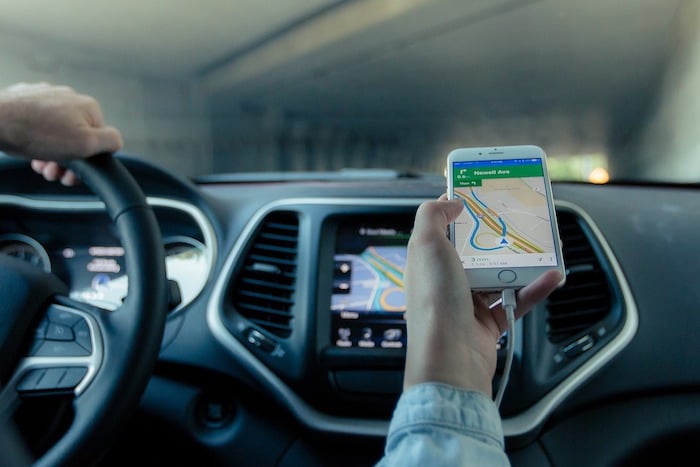
12. WhatsApp
Category: Community
What made it so unexpected? Another landmark app acquisition by Facebook, this encrypted messaging platform is used everywhere. Once on wifi or cellular, users can send messages to individuals or groups using the cross-platform app. The range of multimedia options for connecting with friends, family, and businesses is effortless over text, video, voice messages, and images plus audio and video calls. People can also share documents, links, and user locations.
How is the app used now? The prevalence of WhatsApp remains though other encrypted apps like Telegram and Signal are gaining ground on it. The app is an example of trend-based use that hasn’t really waned in the last decade — once it took off, it’s remained a go-to for users.
13. IFTTT
Category: Technology
What made it so unexpected? A tool for automating web-based tasks and boosting productivity, this ‘If This Then That’ (IFTTT) app enables users to make popular apps work together. This enhancer to other apps makes automation the core of its functionality. The ability to automate everything in just a few clicks is appealing to users everywhere and this is particularly useful for smart home and Internet of Things users along with other service apps; users are able to create scripts or ‘applets’ that can be triggered to enable apps and devices to work together automatically.
How is the app used now? The IFTTT app makes automation breezy and there are free or paid versions, depending on user needs. The no-code platform means users can customize their own user flows and improve their own personal and professional experiences — from managing lights at home to meeting correspondence at work.
14. Pokemon Go
Category: Technology
What made it so unexpected? A smash hit of 2016, Pokemon GO took a beloved anime show and brought it to life with just a smartphone and the ability to go outside. The app proved to be a powerful and intriguing real-world case study on where augmented reality (AR) and virtual reality (VR) will go in the future as software and hardware improve. People adored going out, searching for, and capturing Pokemon via the app with special offers available like ‘Pikachu’ showing up in Shibuya, Tokyo.
How is the app used now? The app has been downloaded over one billion times and the app continues to be updated. Communities of players are connected and play throughout the world. For individual users, the app is still very appealing though the bigger picture is that this kind of AR/VR game will be immersive and have unparalleled engagement as technology catches up to people’s imaginations.
15. Google Maps
Category: Essential tools
What made it so unexpected? Roughly one in eight people use Google Maps every single month making it one of the default tech apps of our lives. Born in 2005, the app started as a ‘point A to point B’ tool and it’s safe to say nearly 20 years on that it’s so much more. Google Maps is used in tandem with other Google products, plus even Apple used it before they developed their own Maps app.
How is the app used now? Beyond navigation and planning, the app helps people, powers other location data, and is a vital source of information in remote places and capital cities. Today, people turn to the app for Google Business listings, for travel research, and to explore the world around them both at home, on the road, and away.
16. 1Password
Category: Essential tools
What made it so unexpected? Cybersecurity is now akin to personal security like locking our homes and vehicles. On a functionality level, password manager apps are a tool that streamlines and simplifies this without compromising on security at any point. 1Password is a standout app that users can integrate with their mobile device, and computer, to organize and store logins, create complex passwords, build a digital vault of sensitive files, and access accounts. As a basis for better digital hygiene and building ‘healthy’ habits, 1Password makes it easy and keeps cybersecurity front of mind without being cumbersome.
How is the app used now? Now these apps are being used more widely as people become more realistic about what’s needed to prevent cyberattacks. Depending on if they’ve experienced a hack or a data breach or are just trying to be prepared, onboarding with 1Password sees people shift into a mindset of protecting their systems via a user-friendly app.
Conclusion
In closing, apps are part of how we live and the market itself is a living thing. From updates to business changes, there is always something new happening with our applications — it’s never static. Our immersive web experience is app-centric and now, when we toggle from app to app, we could be sending an international transfer, using a self-education service, checking the weather, responding to a work email, ordering food, and connecting to a smart device — we are navigating our own ecosystem of products. What happens next in this space is likely to be driven by technology and economic forces. No matter what, it will be as unexpected as the apps we know and love.
Frequently Asked Questions (FAQs)
What mobile app development industries are popular all over the world?
Nearly all mobile app development industries are popular all over the world — no one industry is popular in one place with no users elsewhere.
Any mobile app development should involve thorough research of the target user market and the target commercial market for deployment. From there, current and detailed insights into exactly what app industries and app types are performing in that region can be gained with metrics as well as case study examples of design, deployment, and market response.
At this point, the most popular industries, or categories, for mobile app development throughout the world are:
- Social media
- Video
- Gaming
- Music
- E-commerce
What is the development process for a mobile application that will be used in more than one region?
The development process for any mobile app development should always be tailored to the project and the desired final product.
An app that will be deployed across more than one region may require multiple different clusters of research that analyze each region, the target market, and the target category for the region. Each region also has its own regulatory laws for data privacy that must be upheld in any development process and app deployment.
Working with an experienced, knowledgeable mobile app development team who have engineered and deployed global products is always a benefit in any mobile app development process.
What does a custom mobile application feature that makes it stand out in the global App Store and Google Play app marketplaces?
A custom mobile application development is always worthwhile as it is tailor-made for the specific needs of the target user market and the target commercial market.
Thorough analysis of the target commercial market that reviews existing products is essential for any mobile app development whether it is a custom development or another type of development.
Along with analysis, the development process can identify and engineer the custom mobile features through the comprehensive incorporation of the following aspects: design, UX and UI, engineering, app front and back end, agility, and desired speed of the application.
A sustained and detail-oriented development process with collaboration, thorough ideation and development of iterations, coding, testing, deployment roll-out, and ongoing maintenance is all crucial to the best practice production of a high-quality custom application that wins over the target user market.




